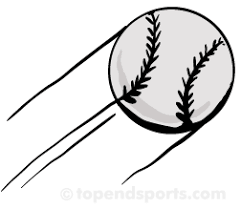 In the northern British Isles, the Celtic tribes known as the Picts coexisted for centuries alongside literate cultures such as the Romans, the Irish and the Anglo-Saxons.
In the northern British Isles, the Celtic tribes known as the Picts coexisted for centuries alongside literate cultures such as the Romans, the Irish and the Anglo-Saxons."They were the odd society out, in that they didn't leave any written record," says Rob Lee of the University of Exeter in England, save for some mysterious-looking sets of symbols on stones and jewels. In a paper published March 31 online in Proceedings of the Royal Society A, Lee and his coworkers now claim that the symbols are written language. Perhaps the Picts were not illiterate after all.
Lee's team attacked the problem with math. Written languages are distinguishable from random sequences of symbols because they contain some statistical predictability. The typical example is that, in the English language, a "q" is nearly certain to be followed by a "u"; and a "w" is much more likely to be followed by an "h" than, say, by an "s" or a "t".
Read more....











